Home>Gardening & Outdoor>Plant Care & Gardening Tips>When Do Mums Bloom In Michigan
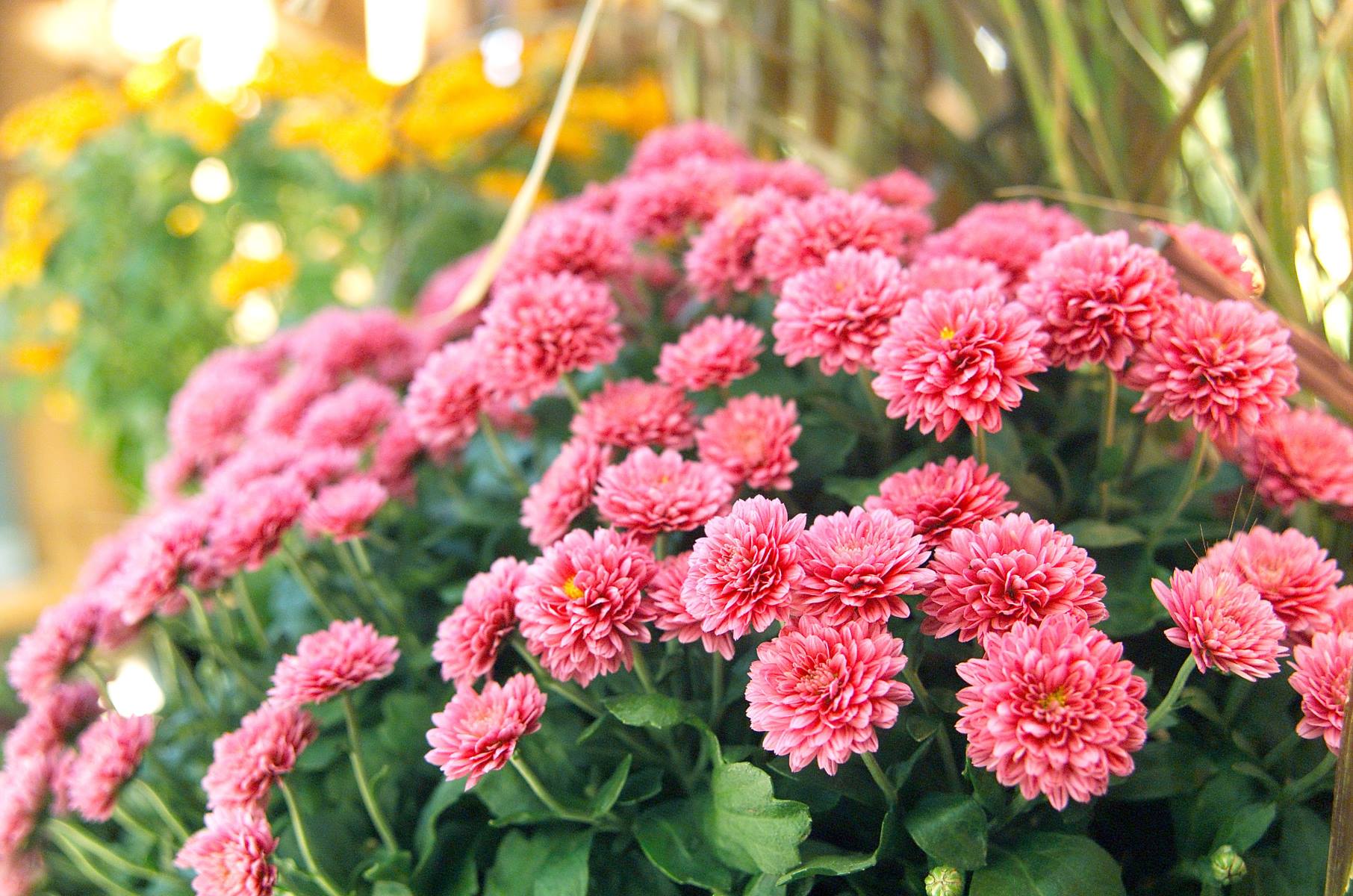

Plant Care & Gardening Tips
When Do Mums Bloom In Michigan
Modified: April 22, 2024
Discover the best time for mums to bloom in Michigan with expert plant care and gardening tips. Learn how to nurture your mums for beautiful, vibrant blooms.
(Many of the links in this article redirect to a specific reviewed product. Your purchase of these products through affiliate links helps to generate commission for Storables.com, at no extra cost. Learn more)
Introduction
Mums, scientifically known as Chrysanthemums, are beloved for their vibrant blooms and remarkable versatility in gardens and landscapes. These resilient perennials have captured the hearts of gardening enthusiasts and casual admirers alike, offering a stunning array of colors, shapes, and sizes. As the official birth flower of November, mums symbolize joy, love, and longevity, making them a cherished addition to any outdoor space.
In Michigan, where the changing seasons paint a picturesque backdrop, mums thrive in the cool autumn air, adding a burst of color to the landscape as summer transitions to fall. Whether adorning front porches, lining garden pathways, or accentuating festive decorations, mums bring a touch of warmth and beauty to the crisp Michigan air.
As we delve into the world of mums and their cultivation in Michigan, we will explore the optimal conditions for their growth, the factors influencing their bloom time, and invaluable tips for nurturing these enchanting flowers. Join us on this horticultural journey as we uncover the secrets to cultivating magnificent mums in the charming state of Michigan.
Key Takeaways:
- Michigan’s diverse climate and cool autumn air create the perfect environment for mums to bloom in vibrant colors, adding warmth and beauty to the landscape as summer transitions to fall.
- To grow mums in Michigan, select cold-hardy varieties, provide ample sunlight and well-drained soil, and protect them from winter frost. Embrace the fleeting yet profound beauty of nature’s transitions.
Read more: How Long Do Mums Bloom
Understanding Mums
Chrysanthemums, commonly referred to as mums, are perennial flowering plants that belong to the Asteraceae family. These plants are native to Asia and northeastern Europe, where they have been cultivated for centuries, resulting in a wide array of cultivars with diverse colors, shapes, and sizes. Mums are renowned for their stunning blooms, which can range from the classic daisy-like petals to intricate pompom and spider forms.
Mums are celebrated for their versatility, as they can be grown as both annuals and perennials, depending on the climate and specific variety. Their adaptability makes them a popular choice for gardeners seeking vibrant, long-lasting blooms. These resilient plants are available in a spectrum of colors, including shades of red, yellow, orange, pink, purple, and white, allowing for endless creative possibilities in garden design.
In addition to their aesthetic appeal, mums are valued for their ability to attract pollinators such as bees and butterflies, contributing to the overall health of the garden ecosystem. Furthermore, their late-season bloom time, typically in the fall, provides a welcome burst of color as other flowers begin to fade, making them a cherished addition to autumn landscapes.
Mums are known for their low maintenance requirements, making them accessible to both novice and experienced gardeners. With proper care, these resilient plants can thrive in various environments, from garden beds and borders to containers and hanging baskets. Their adaptability and striking visual impact have solidified mums as a beloved staple in gardens, parks, and floral arrangements around the world.
As we continue to explore the world of mums, it becomes evident that these enchanting flowers hold a special place in the hearts of gardeners and nature enthusiasts. Their rich history, diverse cultivars, and enduring beauty make mums a captivating subject of horticultural admiration and a delightful addition to any outdoor space.
Climate and Growing Conditions in Michigan
Michigan's diverse climate presents a unique set of growing conditions that significantly influence the cultivation of mums. The state experiences a blend of influences from the Great Lakes, resulting in varied microclimates across different regions. Understanding these climatic nuances is crucial for successfully nurturing mums in Michigan.
The state's climate can be classified as humid continental, featuring distinct seasonal changes. Summers are generally warm, with average temperatures ranging from 70 to 85 degrees Fahrenheit, while winters bring cold and snowy conditions, with temperatures often dropping below freezing. These temperature fluctuations play a pivotal role in determining the ideal timing for planting and nurturing mums.
In Michigan, mums thrive in well-drained soil and benefit from ample sunlight. When selecting a planting location, it is essential to consider the varying sunlight exposure throughout the day, as mums typically require at least six hours of sunlight to flourish. Additionally, the soil pH should be slightly acidic to neutral, ideally ranging from 6.0 to 7.0, to support optimal growth and blooming.
The state's diverse topography and proximity to the Great Lakes contribute to variations in local climate and soil composition. Coastal areas may experience milder temperatures and higher humidity, while inland regions may encounter more pronounced temperature fluctuations and different soil characteristics. These factors underscore the importance of selecting mums that are well-suited to the specific microclimate of each garden or landscape.
Michigan's autumn season, characterized by crisp air and vibrant foliage, provides an ideal backdrop for the stunning blooms of mums. As the temperatures gradually cool in the fall, mums come into their own, showcasing a kaleidoscope of colors that complement the natural beauty of the surrounding landscape. The cool, but not freezing, temperatures of autumn create an optimal environment for mums to thrive and display their full splendor.
By understanding the unique climate and growing conditions in Michigan, gardeners can make informed decisions when selecting mums and creating an environment that supports their growth. With careful attention to these factors, mums can flourish in Michigan's diverse landscapes, adding a touch of elegance and vibrancy to gardens, porches, and outdoor spaces across the state.
Mums typically bloom in Michigan during the fall, usually in late September to early October. It’s best to plant them in the spring to ensure a beautiful display of flowers in the fall.
Bloom Time for Mums in Michigan
In Michigan, the enchanting bloom time of mums heralds the arrival of autumn, casting a spell of vibrant colors across the landscape. As the days grow shorter and the temperatures begin to cool, mums take center stage, offering a breathtaking display of blooms that captivate the senses and infuse the surroundings with an undeniable allure.
The optimal bloom time for mums in Michigan typically occurs in the late summer to early fall, aligning with the transition from warm, sunny days to cooler, crisper evenings. This natural progression signals to the mums that it's time to unleash their resplendent colors, creating a visual symphony that celebrates the changing seasons.
As the daylight hours gradually wane and the angle of the sun shifts, mums respond by producing an abundance of buds that eventually unfurl into a spectacular array of flowers. The cooler temperatures of autumn play a pivotal role in prolonging the longevity of the blooms, allowing mums to thrive and maintain their resplendent appearance for an extended period.
The bloom time for mums in Michigan is a testament to nature's artistry, as each petal unfurls to reveal a kaleidoscope of hues, ranging from fiery oranges and yellows to rich purples and pinks. This breathtaking display not only enhances the visual appeal of gardens and landscapes but also serves as a poignant reminder of the cyclical nature of life and the beauty found in transition.
Gardeners and nature enthusiasts eagerly anticipate the bloom time of mums, knowing that these captivating flowers will infuse their surroundings with warmth and vitality. Whether adorning garden beds, lining pathways, or adorning festive displays, mums bring a sense of joy and tranquility to the Michigan landscape, creating an immersive experience that celebrates the splendor of the season.
As the bloom time for mums in Michigan unfolds, it invites individuals to pause and appreciate the fleeting yet profound beauty of nature. The vibrant blooms serve as a reminder to embrace the present moment and find inspiration in the ever-changing tapestry of the natural world. With each petal that unfurls, mums weave a narrative of resilience, grace, and enduring beauty, leaving an indelible impression on all who behold their magnificent display.
In essence, the bloom time for mums in Michigan is a testament to the harmonious relationship between the changing seasons and the captivating allure of these beloved flowers. It is a time of celebration, reflection, and appreciation for the boundless wonders of nature, as mums take their rightful place as ambassadors of autumn's splendor.
Tips for Growing Mums in Michigan
-
Selecting the Right Varieties: When cultivating mums in Michigan, it's essential to choose varieties that are well-suited to the local climate. Opt for cultivars known for their cold hardiness and ability to thrive in the fluctuating temperatures of the region. Varieties such as 'Autumn Fire' and 'Campfire Glow' are renowned for their resilience in cooler climates, making them excellent choices for Michigan gardens.
-
Optimal Planting Time: To ensure robust growth and prolific blooming, plant mums in early spring or late summer. This timing allows the plants to establish strong root systems before the onset of winter or the peak blooming period in the fall. By planting at the right time, mums are better equipped to withstand the diverse weather conditions experienced in Michigan.
-
Sunlight and Soil Requirements: Provide mums with ample sunlight, ideally at least six hours of direct sunlight per day, to promote healthy growth and abundant blooms. Additionally, ensure that the soil is well-drained and moderately fertile. Amending the soil with organic matter, such as compost, can enhance its texture and nutrient content, creating an optimal environment for mums to thrive.
-
Pruning and Pinching: Regular pruning and pinching are essential for shaping mums and encouraging bushy growth. Pinch back the growing tips of young mums in the spring and early summer to promote lateral branching, which results in more flower buds. Additionally, remove spent blooms to redirect the plant's energy towards producing new flowers, prolonging the blooming period.
-
Watering Considerations: Maintain consistent moisture levels in the soil, ensuring that it remains evenly moist but not waterlogged. During dry periods, provide supplemental watering, especially for mums planted in containers or exposed to direct sunlight. Avoid overhead watering to prevent foliage diseases, and aim to water at the base of the plants in the morning to allow for adequate absorption.
-
Winter Protection: In preparation for the winter months, apply a layer of mulch around the base of mums to insulate the roots and protect them from extreme temperature fluctuations. This layer of mulch acts as a buffer against frost and helps maintain a more stable soil temperature, safeguarding the plants during the colder months.
-
Pest and Disease Management: Monitor mums for common pests such as aphids and spider mites, addressing any infestations promptly to prevent damage to the plants. Additionally, be vigilant for signs of fungal diseases, particularly in humid conditions, and consider applying preventive treatments to protect the foliage and blooms.
By implementing these tips for growing mums in Michigan, gardeners can create an environment that nurtures the resilience and natural beauty of these captivating flowers. With careful attention to the unique requirements of mums and the climatic nuances of the region, Michigan gardens can flourish with the vibrant colors and enchanting blooms of these beloved perennials.
Read more: What To Do With Mums After They Bloom
Conclusion
In conclusion, the cultivation of mums in Michigan is a testament to the harmonious interplay between nature's artistry and the dedication of gardeners seeking to adorn their outdoor spaces with vibrant beauty. As the seasons transition and the Michigan landscape undergoes its annual metamorphosis, mums emerge as steadfast companions, offering a captivating display of colors and textures that enrich the tapestry of the natural world.
The unique climate and growing conditions in Michigan provide an ideal backdrop for the cultivation of mums, allowing these resilient perennials to thrive and flourish in the midst of changing temperatures and diverse microclimates. From the coastal regions influenced by the Great Lakes to the inland areas characterized by distinct seasonal variations, mums adapt to their surroundings, infusing each locale with their unique charm and elegance.
The bloom time for mums in Michigan serves as a poignant reminder of the fleeting yet profound beauty found in nature's transitions. As the days grow shorter and the air carries a hint of autumn's arrival, mums burst forth with a symphony of colors, creating a visual spectacle that captivates the senses and celebrates the splendor of the season. Their late-season blooms not only enhance the aesthetic appeal of gardens and landscapes but also symbolize resilience and grace in the face of change.
By embracing the tips for growing mums in Michigan, gardeners can create an environment that nurtures the natural beauty and enduring charm of these beloved flowers. From selecting cold-hardy varieties to providing optimal sunlight and soil conditions, each step contributes to the success of cultivating mums in Michigan's diverse landscapes. As gardeners tend to their mums with care and dedication, they witness the transformation of their outdoor spaces into vibrant havens adorned with the resplendent hues of these enchanting perennials.
In essence, the journey of cultivating mums in Michigan is a testament to the timeless allure of nature and the profound impact of seasonal transitions on the garden landscape. As mums bloom and thrive in the cool autumn air, they invite individuals to pause, appreciate, and find inspiration in the ever-changing yet enduring beauty of the natural world. Through their vibrant blooms and resilient spirit, mums leave an indelible mark on the Michigan landscape, embodying the joy, vitality, and timeless elegance that define these beloved perennials.
Frequently Asked Questions about When Do Mums Bloom In Michigan
Was this page helpful?
At Storables.com, we guarantee accurate and reliable information. Our content, validated by Expert Board Contributors, is crafted following stringent Editorial Policies. We're committed to providing you with well-researched, expert-backed insights for all your informational needs.
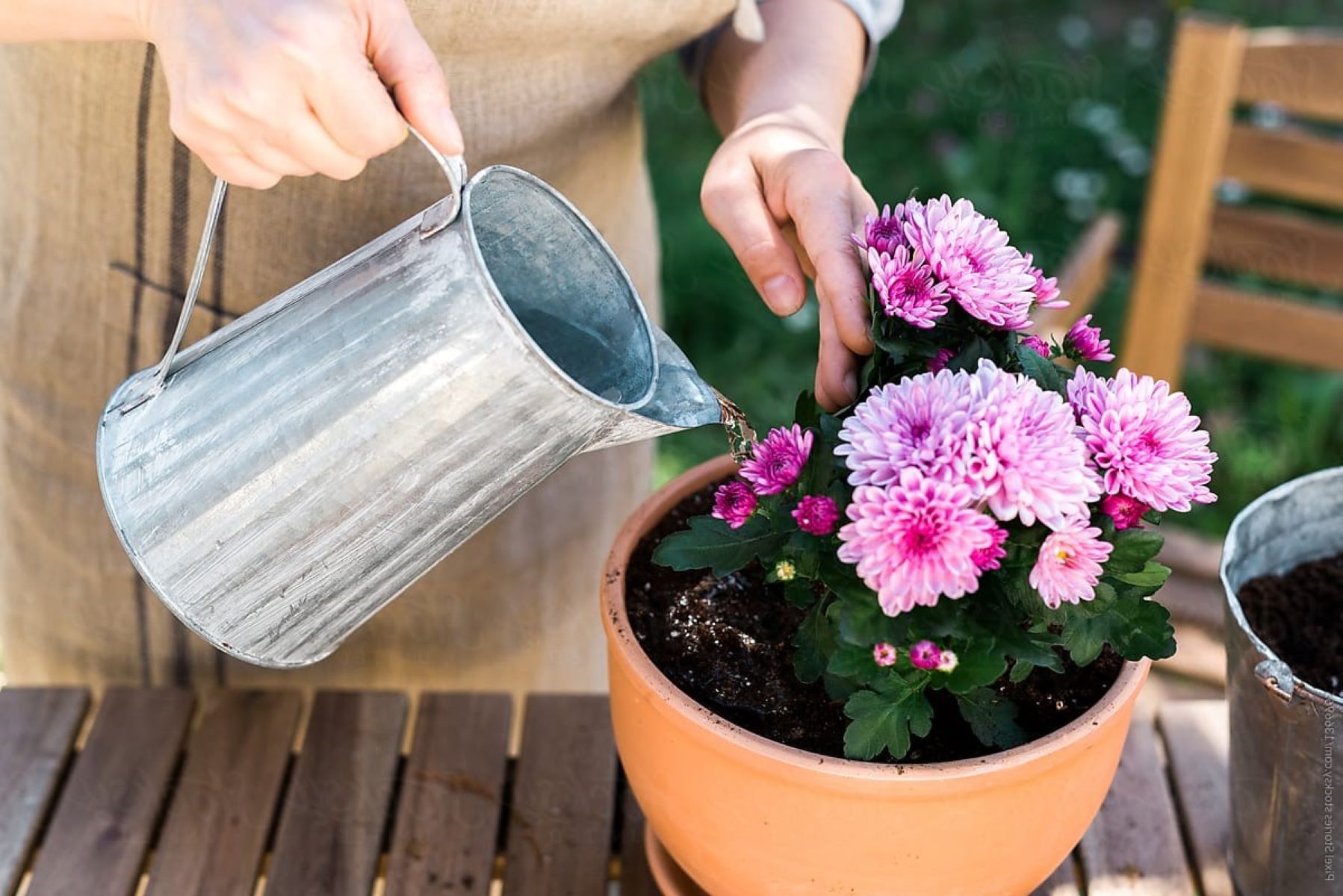
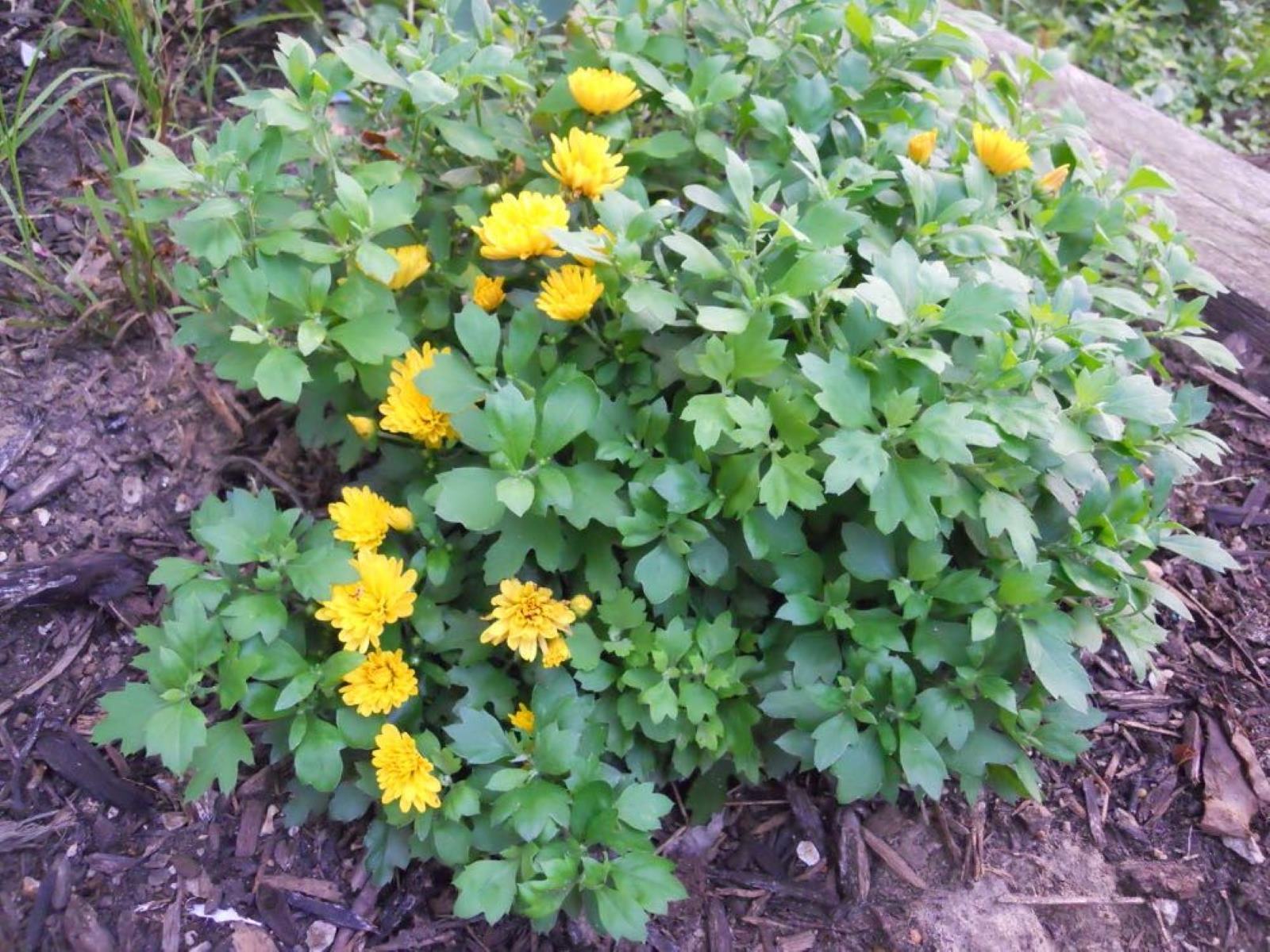
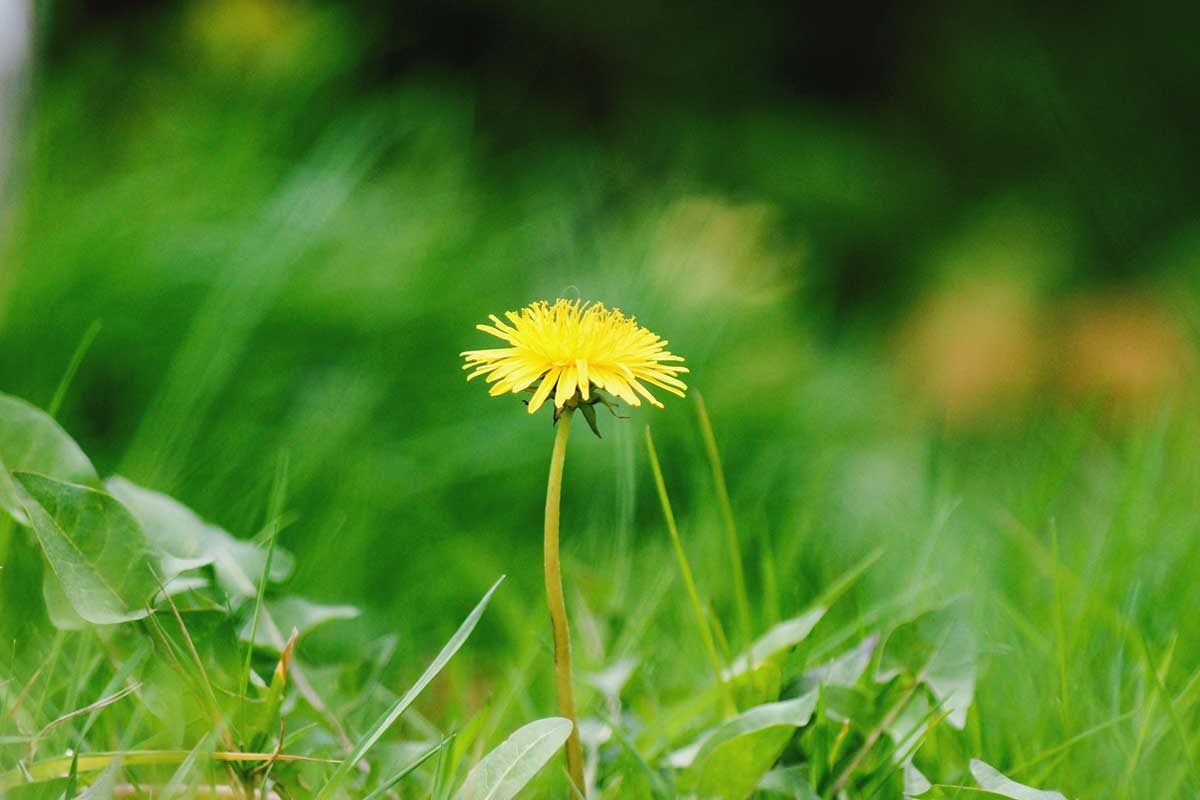
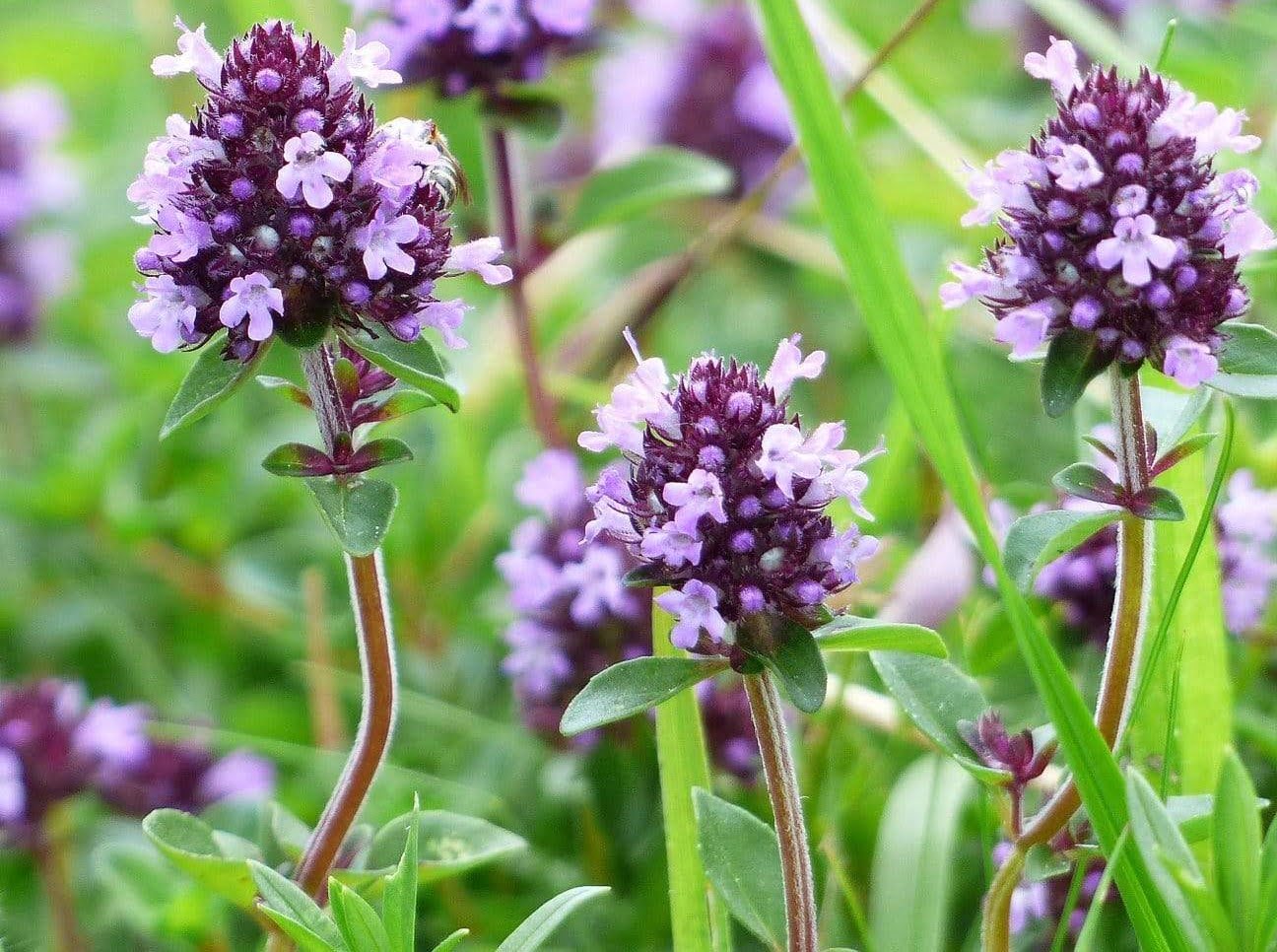
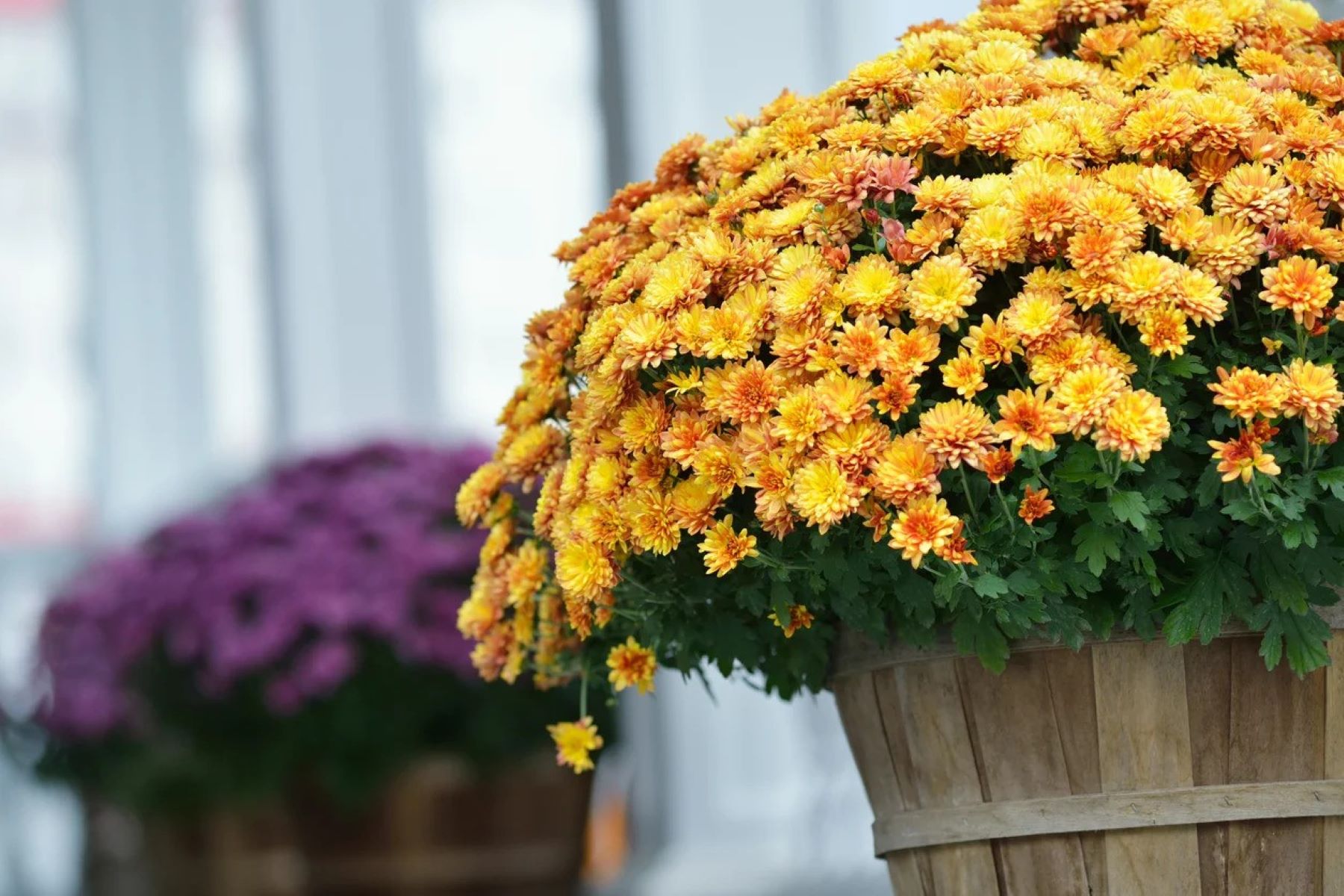
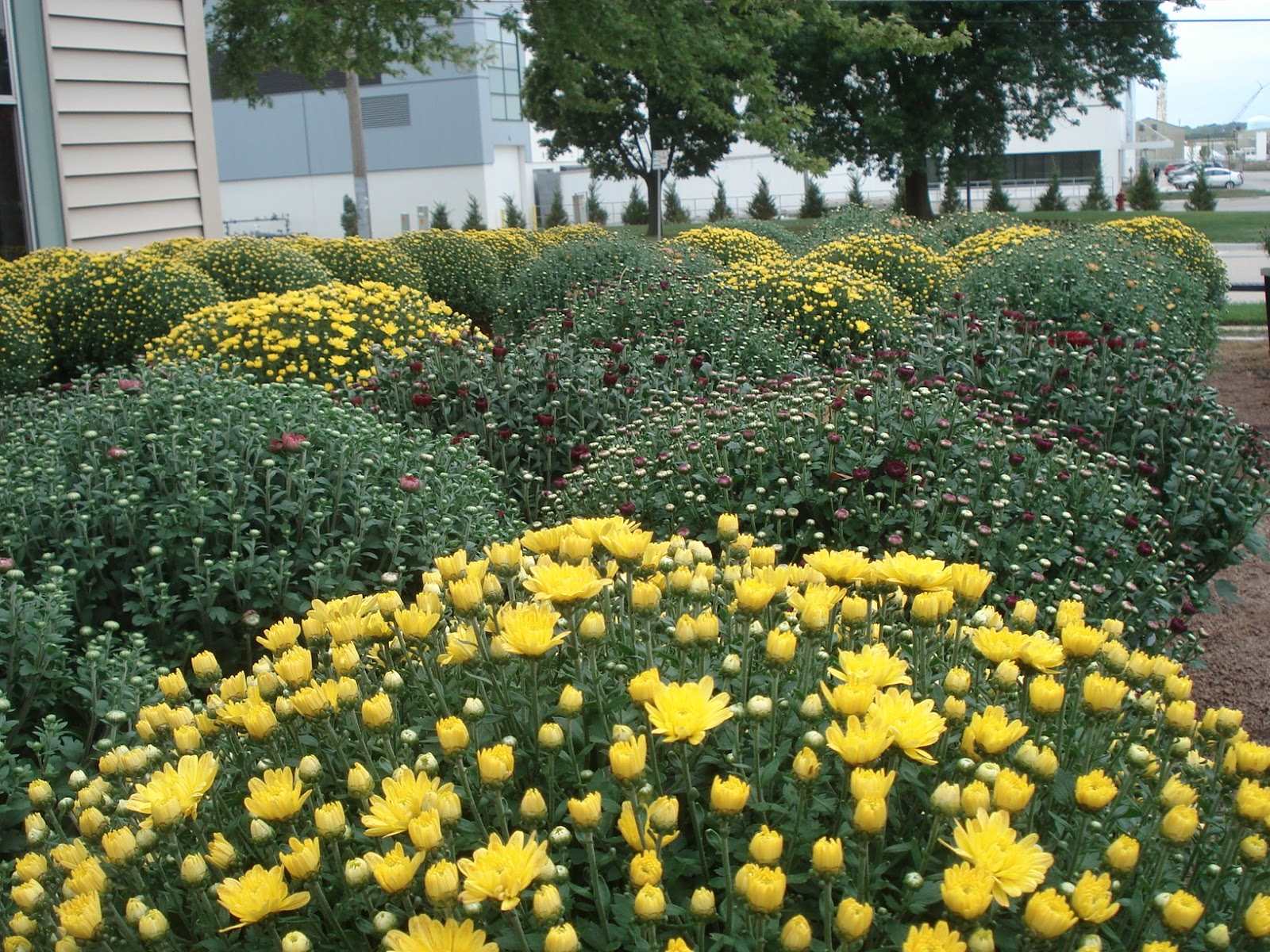
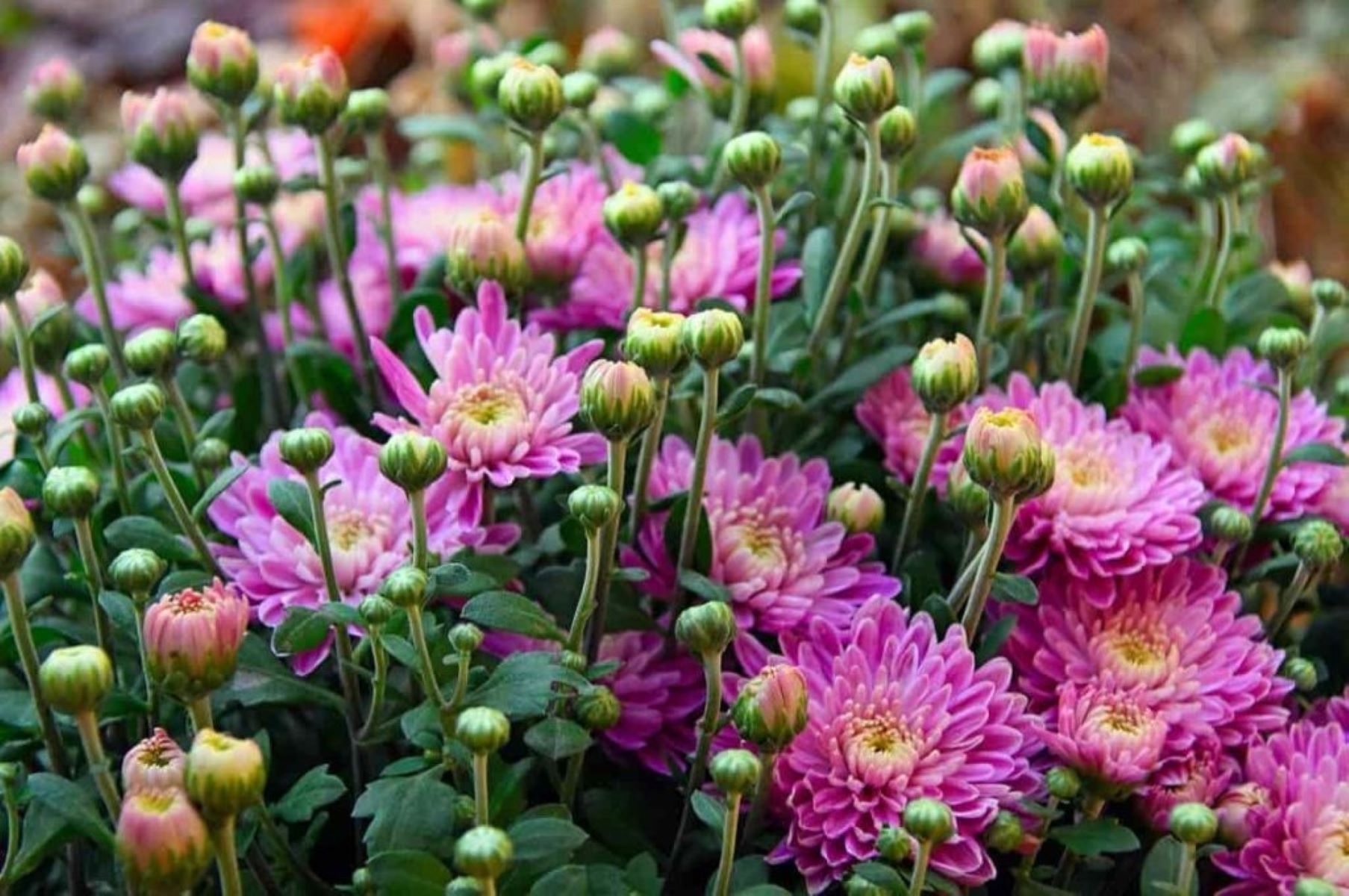
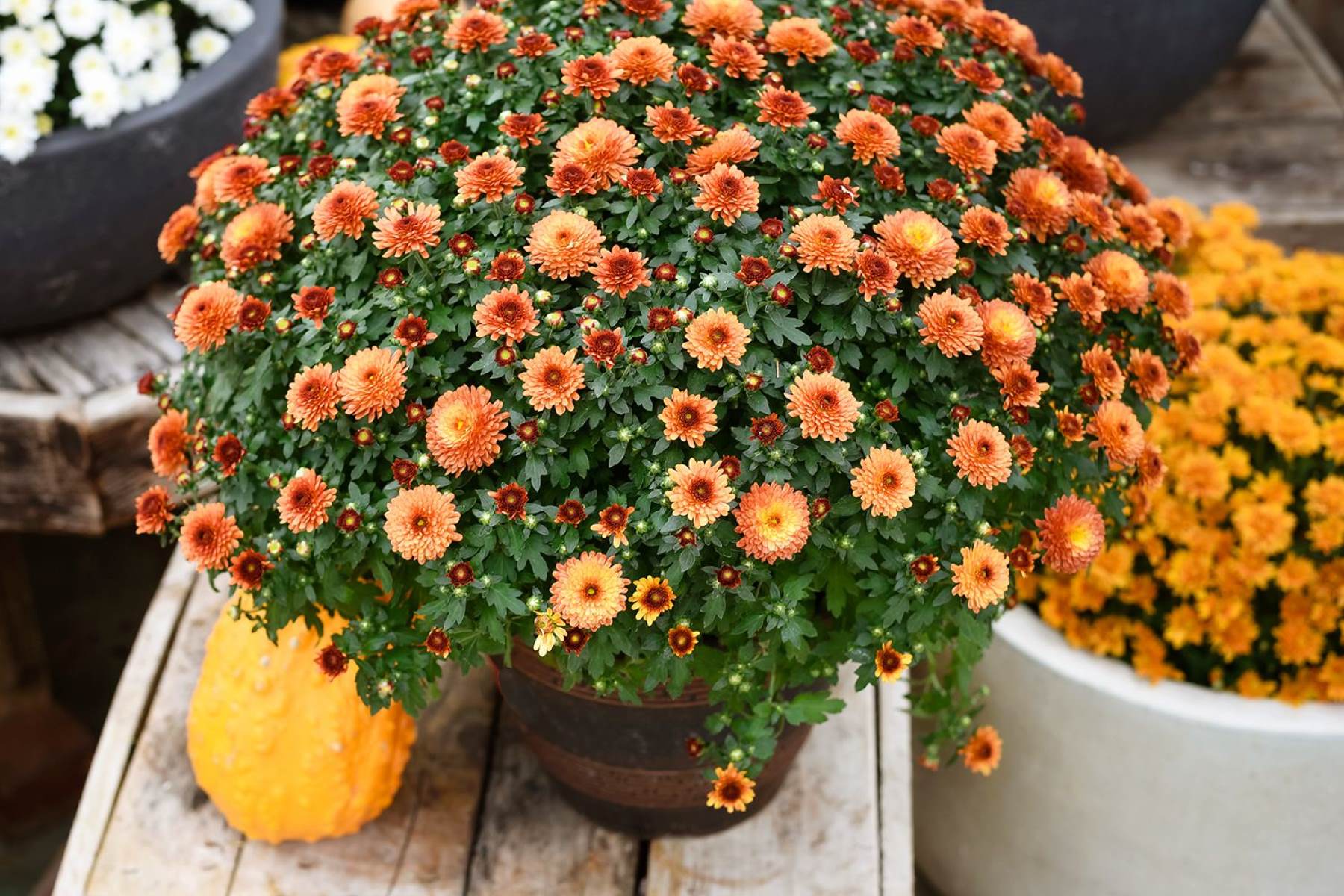
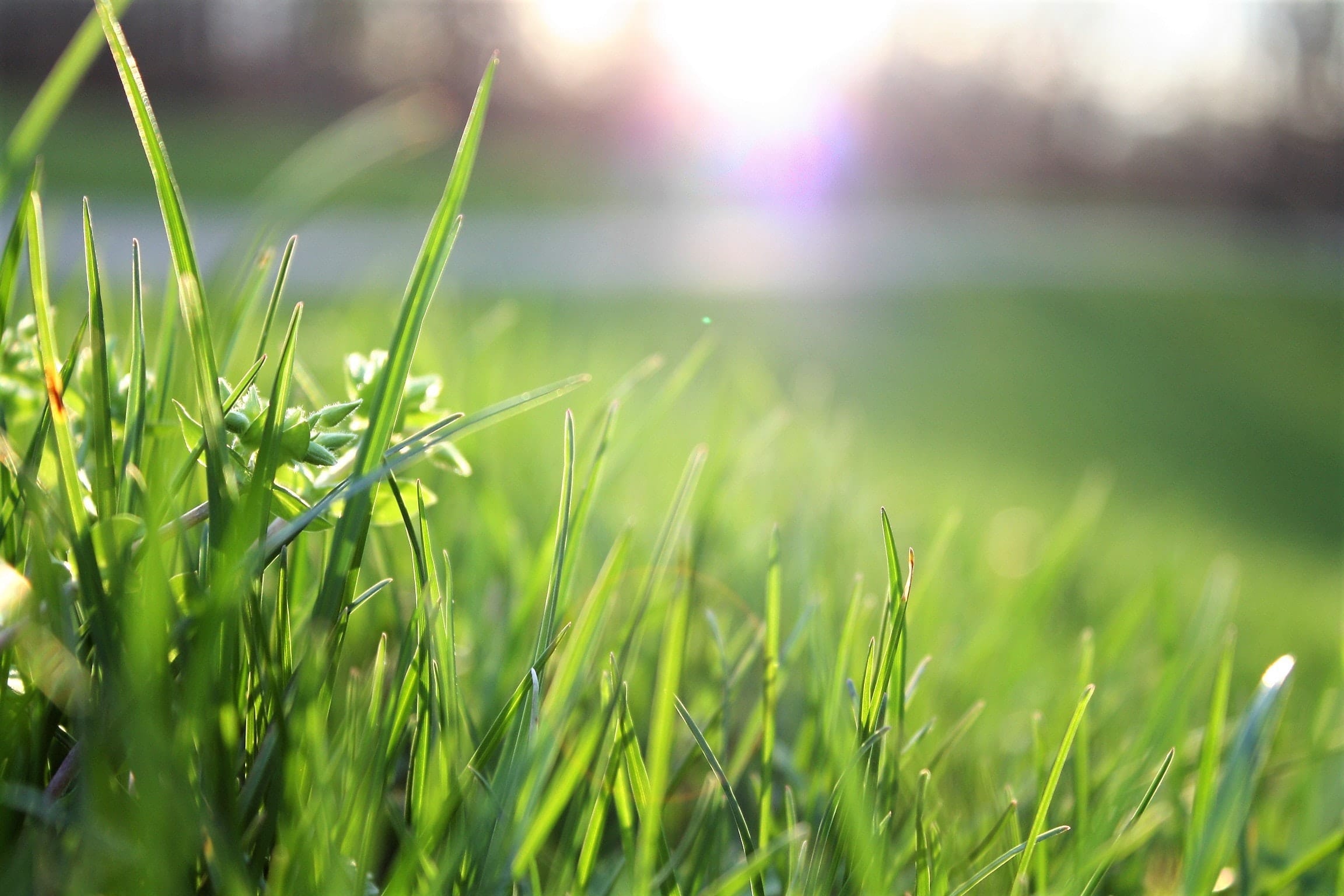


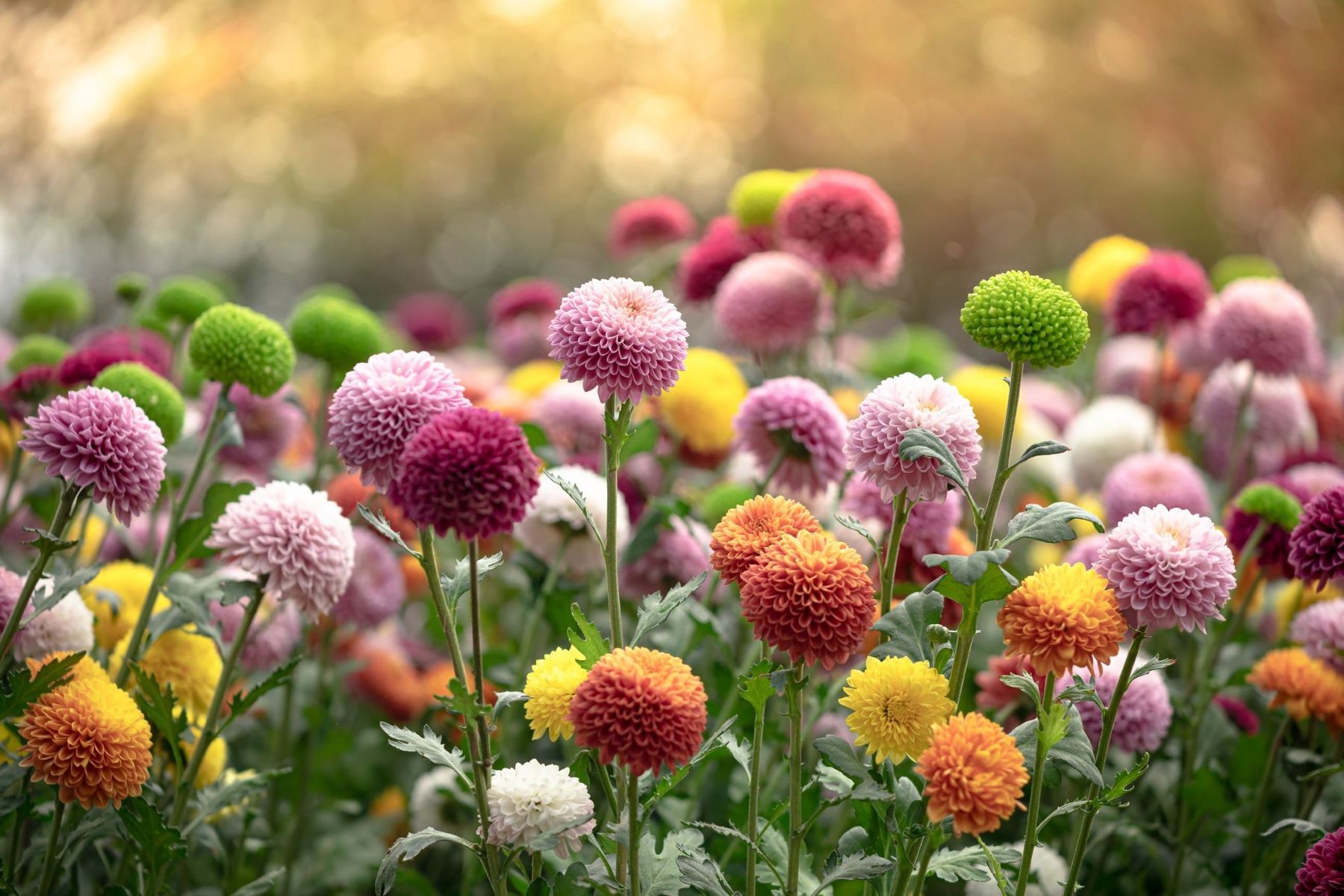
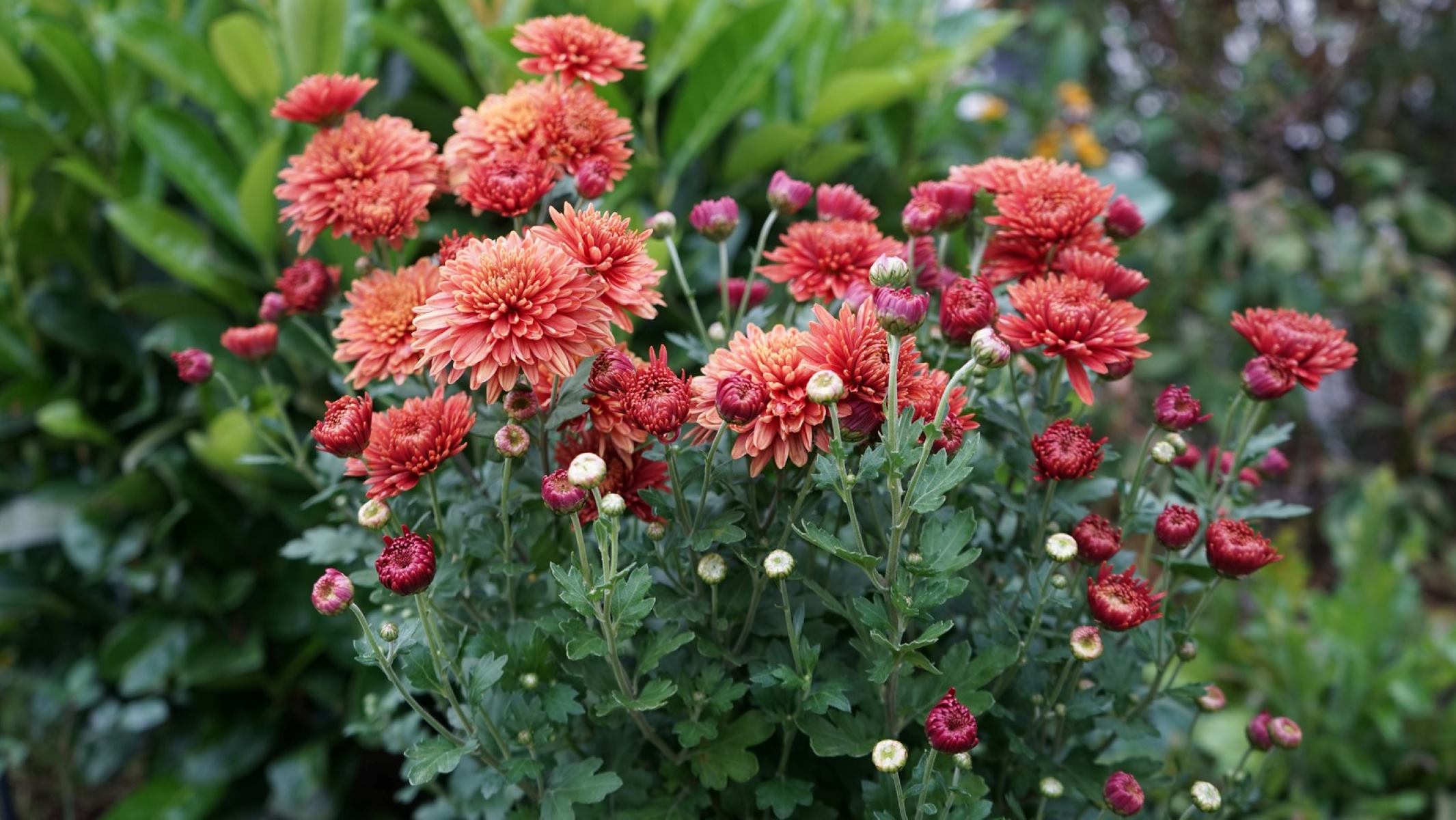
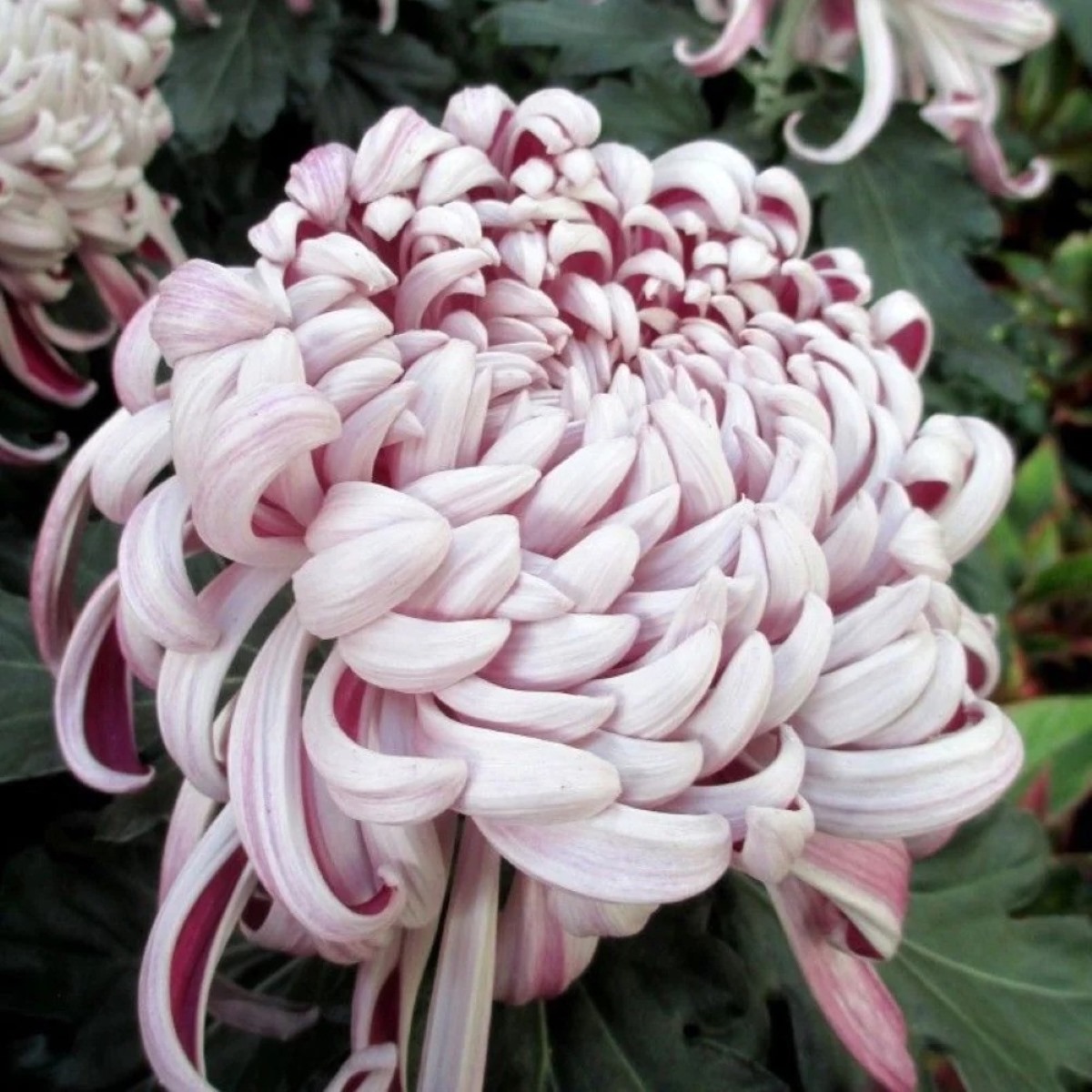

0 thoughts on “When Do Mums Bloom In Michigan”